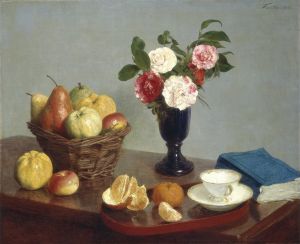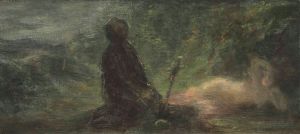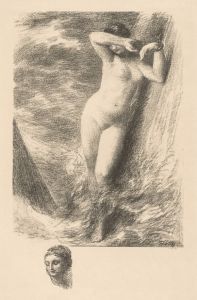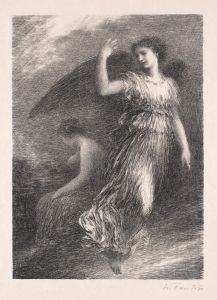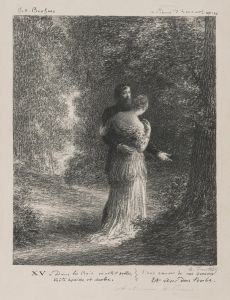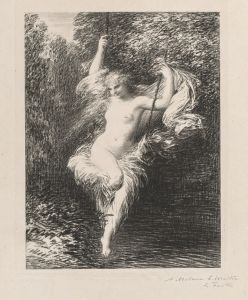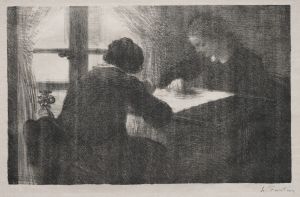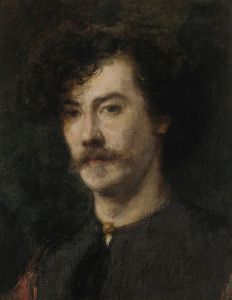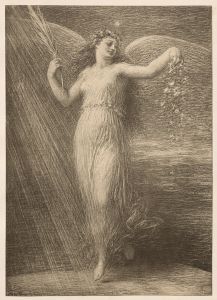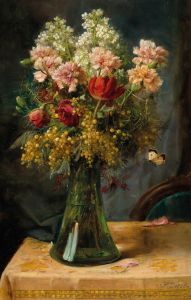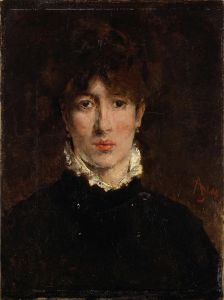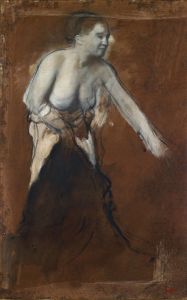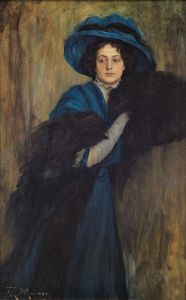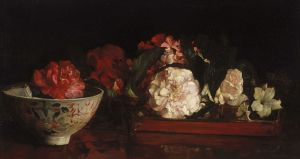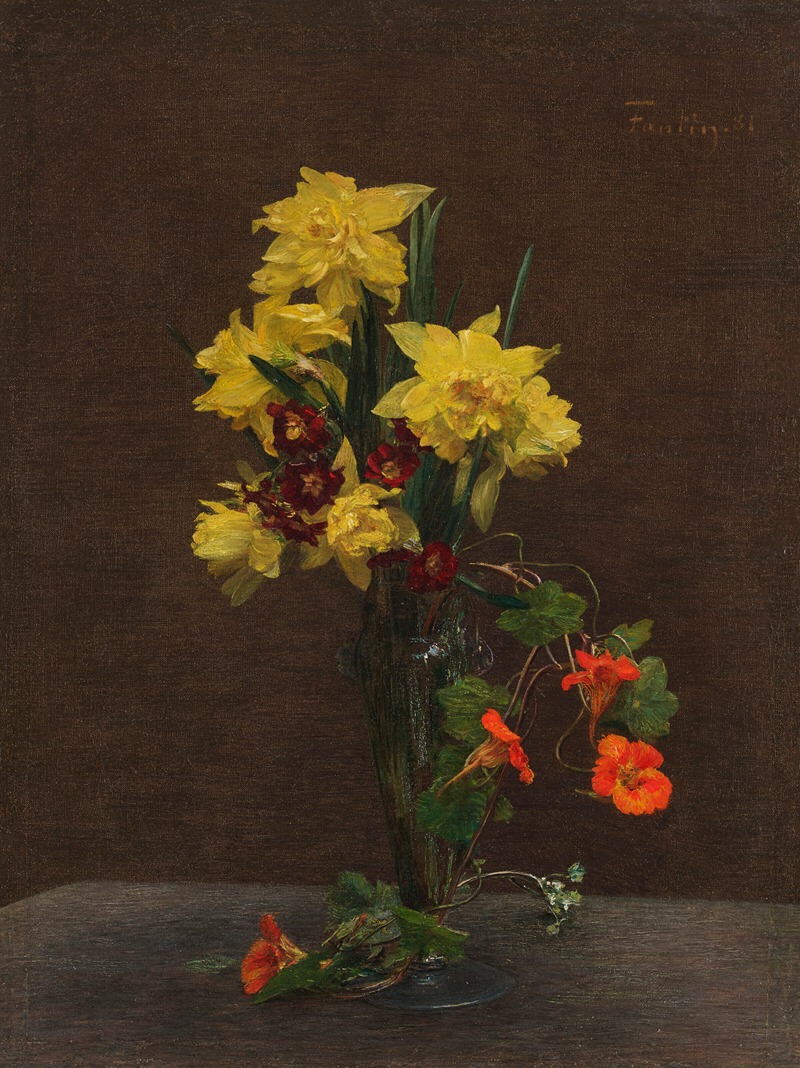
Jonquilles et capucines
A hand-painted replica of Henri Fantin-Latour’s masterpiece Jonquilles et capucines, meticulously crafted by professional artists to capture the true essence of the original. Each piece is created with museum-quality canvas and rare mineral pigments, carefully painted by experienced artists with delicate brushstrokes and rich, layered colors to perfectly recreate the texture of the original artwork. Unlike machine-printed reproductions, this hand-painted version brings the painting to life, infused with the artist’s emotions and skill in every stroke. Whether for personal collection or home decoration, it instantly elevates the artistic atmosphere of any space.
Henri Fantin-Latour was a renowned French painter known for his exquisite still lifes and group portraits. One of his notable works is "Jonquilles et capucines," which translates to "Daffodils and Nasturtiums" in English. This painting exemplifies Fantin-Latour's mastery in capturing the delicate beauty of flowers, a subject he frequently explored throughout his career.
Fantin-Latour was born on January 14, 1836, in Grenoble, France. He received his early artistic training from his father, who was a portrait painter. Later, he studied at the École des Beaux-Arts in Paris, where he honed his skills and developed a keen interest in still life painting. Although he was contemporaneous with the Impressionists and even exhibited with them, Fantin-Latour maintained a more traditional approach to his art, focusing on realism and meticulous detail.
"Jonquilles et capucines" is a testament to Fantin-Latour's ability to render floral compositions with precision and sensitivity. The painting features a harmonious arrangement of daffodils and nasturtiums, showcasing the artist's keen eye for color and texture. The daffodils, with their bright yellow petals, contrast beautifully with the vibrant orange and red hues of the nasturtiums. This interplay of colors is further enhanced by the subtle use of light and shadow, which adds depth and dimension to the composition.
Fantin-Latour's still lifes are celebrated for their simplicity and elegance. He often depicted flowers in a naturalistic manner, capturing their ephemeral beauty with a sense of reverence. His meticulous attention to detail is evident in the way he painted each petal and leaf, imbuing them with a lifelike quality. This dedication to realism set him apart from many of his contemporaries and earned him a reputation as one of the finest still life painters of his time.
In addition to his still lifes, Fantin-Latour was also known for his portraits and group compositions. He painted several notable figures of the 19th century, including artists, writers, and musicians. Despite his association with the Impressionists, he remained committed to a more classical style, drawing inspiration from the Old Masters.
Fantin-Latour's work was well-received during his lifetime, and he exhibited regularly at the Paris Salon. His paintings were also popular in England, where they were admired for their technical skill and aesthetic appeal. Today, his works can be found in major museums and collections around the world, including the Musée d'Orsay in Paris and the National Gallery in London.
"Jonquilles et capucines" is a fine example of Fantin-Latour's artistic legacy. It reflects his passion for capturing the beauty of nature and his exceptional ability to translate that beauty onto canvas. Through his still lifes, Fantin-Latour invites viewers to appreciate the intricate details and subtle nuances of the natural world, reminding us of the timeless allure of flowers.





